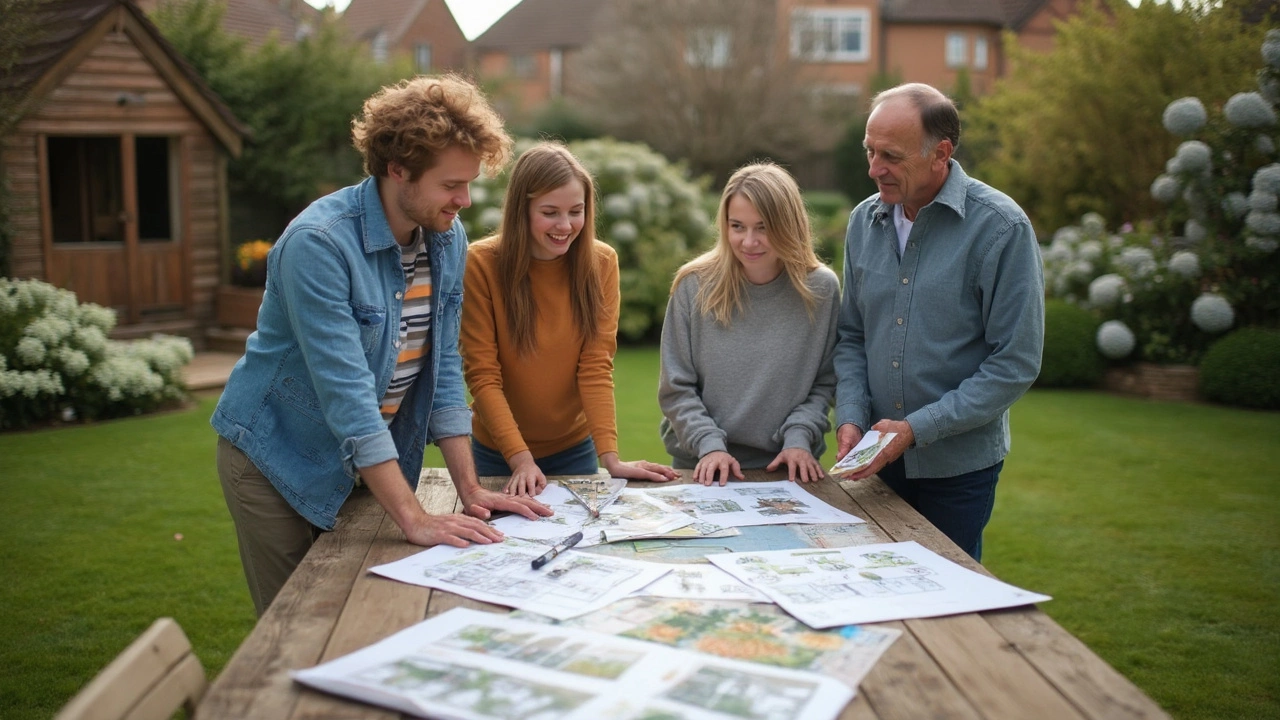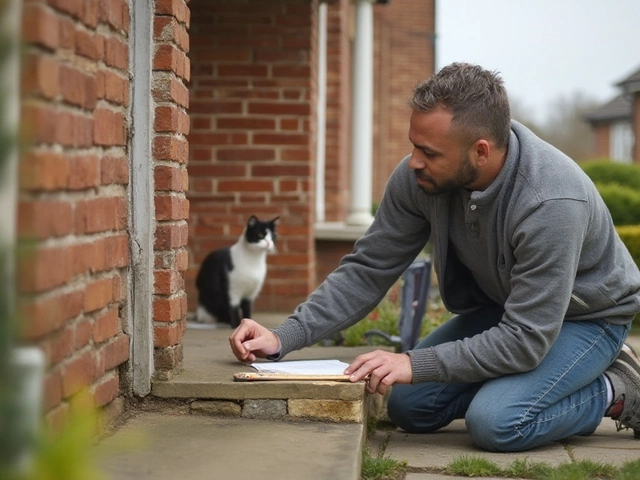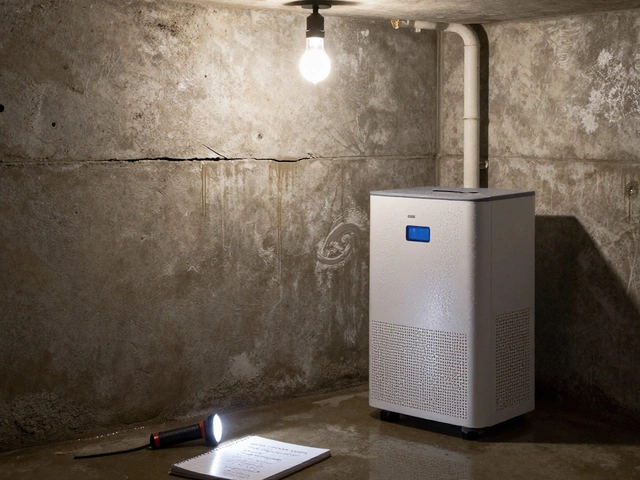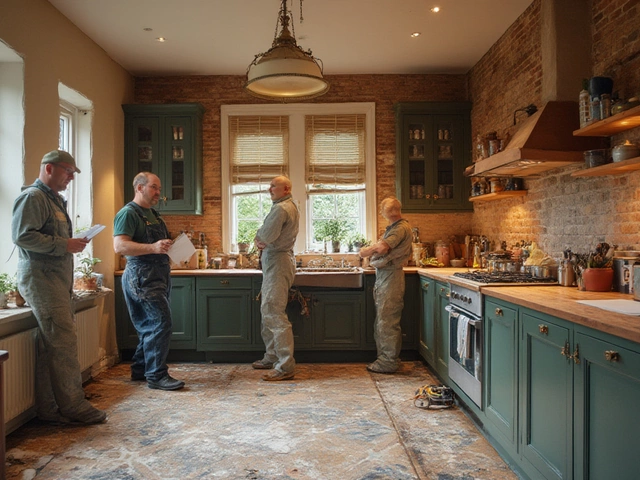How to Calculate Landscaping Costs Like a Pro
Planning a garden? First thing you need is a clear number on how much it will cost. No one likes surprise bills, so let’s break the estimate into bite‑size pieces.
Start with the size of the area you’ll work on. Measure length and width in metres, then multiply to get square metres. A 10 m × 5 m garden equals 50 m² – that’s your base number.
Step 1 – List Every Item You’ll Use
Write down soil, mulch, plants, paving, edging, irrigation and any decorative pieces. For each item, note the quantity per square metre. For example, good topsoil is usually 30 L per m², and mulch about 10 L per m².
Next, check the price per unit. Most garden centres list soil at £25 per cubic metre, mulch at £15 per cubic metre, and pavers at £30 per square metre. Multiply the unit price by the quantity you need – that gives you the material cost.
Step 2 – Add Labour and Equipment
If you’re doing the work yourself, factor in equipment hire. A mini‑excavator might be £80 per day, a compactor £30. Add a few days based on how fast you think you’ll work.
Hiring a professional crew is easier but costs more. Look for a rate of £150‑£200 per day for a two‑person team. Multiply by the expected number of days – typically 2‑3 days for a 50 m² garden.
Don’t forget disposal fees. Removing old soil or debris often runs £50‑£80 per load. If you need two loads, add £120.
Now add a small contingency – 10 % of the total – to cover unexpected price changes or extra plants you decide to add.
Here’s a quick example for a 50 m² garden:
- Soil: 1.5 m³ × £25 = £37.50
- Mulch: 0.5 m³ × £15 = £7.50
- Pavers: 50 m² × £30 = £1,500
- Labour (pro crew, 2 days): 2 × £175 = £350
- Equipment hire: £80 (excavator) + £30 (compactor) = £110
- Disposal: £120
- Subtotal: £2,425
- Contingency (10 %): £242.50
- Total estimate: £2,667.50
This number gives you a solid starting point. You can adjust quantities, pick cheaper pavers, or do some labour yourself to fit your budget.
Want a faster way? Free online landscaping calculators let you plug in area, material choices, and labour rates. They spit out a total in seconds and often suggest cost‑saving alternatives.
Remember, the biggest savings come from planning. Sketch your layout, decide on plant zones, and order everything in one batch. Bulk orders usually shave 5‑10 % off the price.
Finally, keep the estimate in a spreadsheet. List each line item, the source, and the date you recorded the price. When you get a quote, compare it side‑by‑side with your sheet – this helps you spot overcharges.
By following these steps you’ll know exactly how much your landscaping project will cost before the first shovel hits the ground. No guesswork, no hidden fees – just a clear budget that lets you enjoy the finished garden with peace of mind.
How to Calculate Landscaping Costs: Know Exactly What You’ll Pay

Trying to budget for landscaping can feel confusing with all the choices out there. This guide breaks down the main factors influencing landscaping costs, from design fees to materials and labor. You’ll find examples, money-saving tips, and a quick look at hidden expenses that catch homeowners off guard. By knowing what to expect, you can plan your project without surprises. Get ready for a yard that makes the neighbors jealous without blowing your budget.
read more



